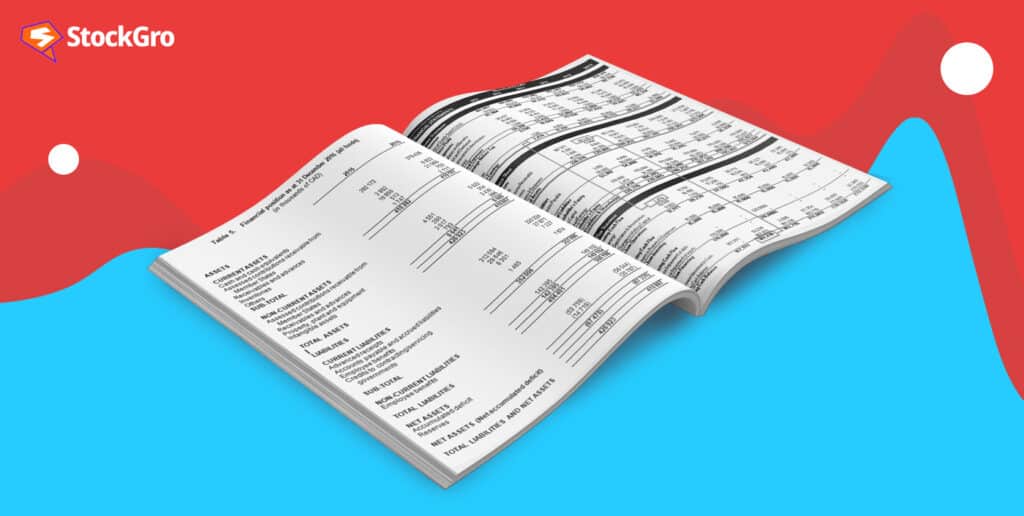
Fundamental analysis is hardly a one-metric science. By principle, it requires the judgement of a company’s worth by combining several aspects of its business. At the heart of assessing a company’s financial health lies a fundamental metric known as the “book value.”
The book value is often overshadowed by more complex financial indicators, but it still holds exceptional value in itself. The metric offers a clear and concise glimpse into a company’s true worth.
It represents the net value of a company’s assets once liabilities are subtracted – a reflection of what shareholders would theoretically receive if the company were liquidated. This provides investors and analysts with a foundational understanding of a company’s financial strength and its potential for long-term growth.
In this article, we delve into the intricacies of the book value, its calculation, and its significance as a key tool for evaluating investment opportunities and making informed business decisions.
You may also like: Understanding the P/E ratio
Introduction to book value
The book value is the company’s worth according to its balance sheet. In other words, the book value of a company is what it’s worth after all its liabilities have been deducted from its assets or all accumulated depreciation has been deducted from its original value.
At the risk of oversimplification, here is an example. A company with assets worth ₹10 lakh and a bank loan worth ₹2.5 lakh would have a cumulative book value of ₹7.5 lakh. This is because a company’s debt would have to be deducted from its value if it were to be sold to other owners.
The importance of calculating the book value comes from the need to have an accurate estimate of a company’s value if all its assets were to be liquidated and liabilities settled.
Shareholders are usually at the bottom rung of the settlement process when it comes to liquidation of a company, and having knowledge of the exact value of your shares comes in handy.
Calculation
Quite simply, deducting liabilities from the value of a company’s assets would give you the book value. Assets include both current and fixed assets, and liabilities include both current liabilities and non-current liabilities. Therefore, the formula can be expressed as:
Book value = Total Assets – Total Liabilities.
Note: Intangible assets are those that aren’t physical in nature. Since these assets have no shape or form, they cannot be held or manipulated.
In some practices, hence, investors and analysts exclude intangible assets when evaluating book value, since their value cannot be realised during the liquidation of a business. In that case, the book value formula would be expressed as:
Book value = Total Assets – (Intangible Assets + Total Liabilities).
Derivative metrics
Book Value per Share (BVPS)
This is a derivative of the book value which is also used as a fundamental metric in analysis. The BVPS is used to determine the per-share book value of a company’s common shareholders’ equity.
If a company dissolves and all assets are liquidated and the debtors are paid, BVPS can be used to determine how much money each shareholder would receive.
If the BVPS is higher than the market value per share, this indicates that the stock is undervalued and underpriced (which also indicates that it’s a good buy). Conversely, a low BVPS compared to market prices indicates that the stock is overvalued.
This is what the formula looks like:
Book Value Per Share = (Shareholders’ Equity – Preferred Equity) / Weighted Average of Common Shares Outstanding.
Price-to-Book (P/B) ratio
The P/B ratio is a valuation multiple that’s used to compare the values of similar companies operating in the same industry. A metric widely used by value investors, it shows the relationship between a company’s market cap and its book value.
Analysts say that generally if the P/B is under 1.0, the market is thought to be underpricing the stock. This is because in case the company is sold, the accounting value of all its assets would be greater than the market price of the shares.
Value investors generally look for companies with low P/B ratios in the hunt for a fundamentally strong investment being offered at a discount.
Here’s the formula:
P/B ratio = Market capitalisation / Net value of assets.
Significance and limitations
Since a company’s book value represents the worth of its shares, it can serve as an effective valuation technique too. Book value can be used to understand if shares, at current market prices, are being traded fairly.
It has two main uses in accounting:
- First, it allows shareholders to determine how much their equity would be worth if the company ever came to be liquidated.
- Secondly, when compared to the market value of the company, book value can indicate whether a stock is underpriced or overpriced.
Book value is also used indirectly though its derivative metrics like the P/B ratio and the BVPS like outlined above.
However, the book value is not the sole factor that is used to evaluate a company’s worth. This is because it fails to take into account several other factors, which include the company’s future growth potential, current market conditions, and other essential factors that impact market value.
Also Read: A guide to value investing in India
Here are some other limitations associated with the book value:
- Not much data – Since companies publish their balance sheets only quarterly or annually, investors are usually in the dark about the true book value of a company at any given time. They have to rely on the company’s latest reports to make their estimations.
- Human assets cannot be accurately quantified – which means that companies that rely heavily on human work will have a difficult time estimating the worth of their companies on financial statements. This could lead to confusion and inaccurate reporting.
Difference between book value and market value
It’s all right there in the name. The book value is the measure of a company’s worth in its financial books – on its balance sheet. This can be obtained by subtracting the total value of the company’s liabilities from its assets.
The market value, on the other hand, is the value of the company that’s predetermined by the market.
Also Read: The simplicity and enigma of debt to equity ratio
For a given company,
- If the market value is higher than its book value, it suggests that the company’s potential for creating future earnings is high, or that the market perceives the management to be highly competent.
- If the book value is higher than the market value, it may indicate that the market is less confident in the company’s earning potential. This could be due to a range of negative factors, such as poor management or declining profitability.
Conclusion
Although the book value is a very popular financial metric, you must be careful while using it to make investment decisions. We encourage you to do your own research and combine several other metrics to make an informed decision.

